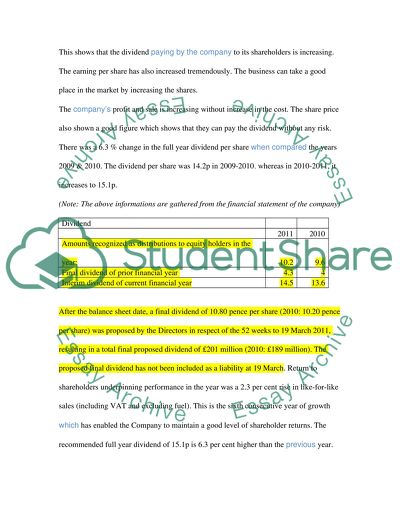Cite this document
(“Sainsburys valuation analysis using the models of dividend growth and Essay”, n.d.)
Retrieved from https://studentshare.org/finance-accounting/1395527-sainsburys-valuation-analysis-using-the-models-of-dividend-growth-and-cash-flow
Retrieved from https://studentshare.org/finance-accounting/1395527-sainsburys-valuation-analysis-using-the-models-of-dividend-growth-and-cash-flow
(Sainsburys Valuation Analysis Using the Models of Dividend Growth and Essay)
https://studentshare.org/finance-accounting/1395527-sainsburys-valuation-analysis-using-the-models-of-dividend-growth-and-cash-flow.
https://studentshare.org/finance-accounting/1395527-sainsburys-valuation-analysis-using-the-models-of-dividend-growth-and-cash-flow.
“Sainsburys Valuation Analysis Using the Models of Dividend Growth and Essay”, n.d. https://studentshare.org/finance-accounting/1395527-sainsburys-valuation-analysis-using-the-models-of-dividend-growth-and-cash-flow.


